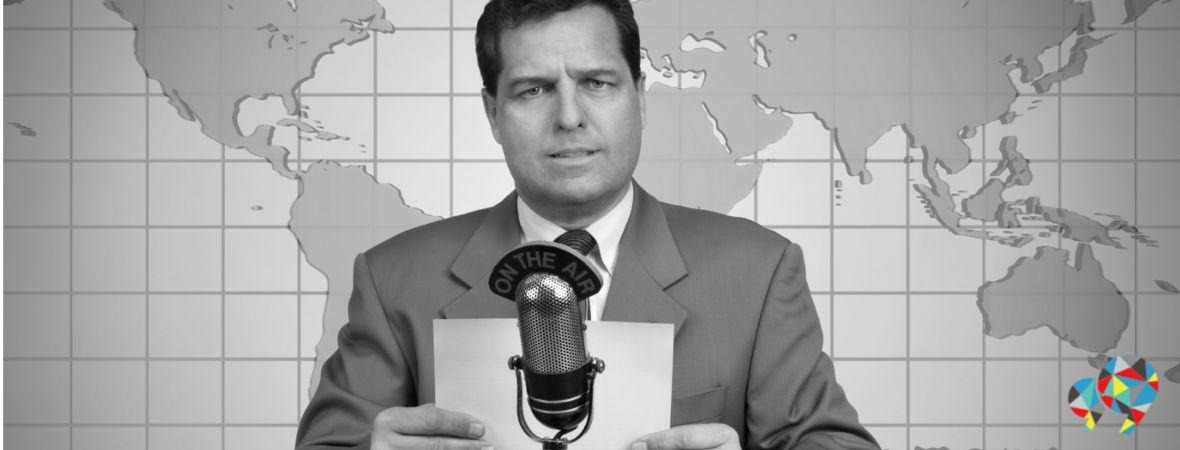
Mobile trends affecting media
The exponential growth and saturation of mobile devices and technology has remapped every part of the human life. Especially in business. One industry that has been affected by the digital wave of Mobile, however, arguably more than any other, is traditional media.
What is traditional media?
The term ‘traditional media’ is typically associated with media outlets such as television, radio, and the various forms of print publications. But then came along the Internet, which changed everything. And now, since the Internet became mobile, news and information is available at every crook and corner. Whenever. Where ever. For example, how many of us have already seen all the news headlines on our mobile before sitting down to watch the 7pm news? Who even needs the 7pm news to be up-to-date on current affairs?
I guess the point is, people no longer have to rely on newspapers or other forms of print media – or even the television, capable of flashing “Breaking News” banners in real-time – to provide content about what’s happening around the world. In this modern world, people have access to these stories everywhere they go.
The question of whether TV, newspapers and other print media sources is fast becoming a thing of the past has been a conversation we’ve been having for a few years now. Whatever the truth behind that conversation may be, we know one thing for certain, which is that traditional media publications have to keep up with the times. And, as the last few years have proven – they are.
Marking the change
You’d have probably noticed now how often news programs will have a live Twitter feed directly integrated into a Q&A panel it is showcasing, or even simply for a topic it’s discussing that night. What’s more, because most traditional media publications are now available online too (usually for free), polls from Twitter feeds, replays of Q&A discussions, or even trending stories, are made readily available, and on numerous platforms.
Something else that can’t be overlooked when talking about the the digitalisation of traditional media is social media. Social media is a way for news and information to spread across the world without traditional media outlets pushing it. In a way, it’s media for the people, by the people. Anyone who has access to a smartphone and an Internet connection is able to write, snap, and publish a story. Once in the world of Internet, with such a vast array of social media platforms available – not just platforms such as Facebook, Twitter and LinkedIn, but also other content sharing websites like Reddit, Imgur, Instagram, WordPress etc. – the lengths to which that story will travel are endless.
Traditional media outlets are shifting the weight from their print channels to their online ones. Evidence of this rests in that print distribution is slowly but surely declining. They're placing a greater emphasis on online subscriptions, social media sharing, and creating interactive content on digital channels. Specifically, mobile channels.
The news isn't something that we necessarily sit down for at six o'clock in front of our tellies with the family, eating dinner. We guzzle it up on the go, wherever we are; we listen to it through podcasts, we watch it through streamed videos, we read it via apps. Which is why traditional media outlets have had to galvanise this change in the way that they get their news out there. They simply have to.
Whether print media will soon be a thing of the past, again, I'm not sure. What is certain, however, is that single format media will soon be a thing of the past. News on the go, mobile news,multi-device is where we're headed - and in many cases, already there.
Traditional media outlets have no other choice but to welcome this style of free communication with open arms, and to utilise it – with their established followings – as best they can.
